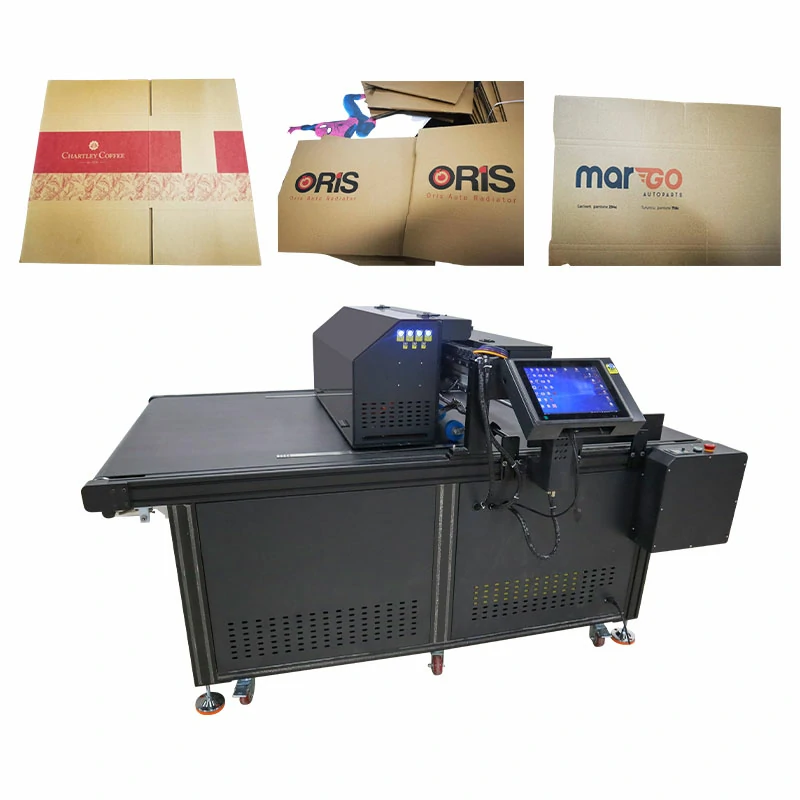Introduction
Single-channel digital printing is a relatively new printing technology that has developed rapidly in the printing industry in recent years. Compared with traditional printing technology, single-channel digital printing has higher flexibility, efficiency and personalized customization capabilities. This article will explore the development of single-channel digital printing, including its origins, technological advances, market applications and future trends.
1. Origin and early development
The origin of single-channel digital printing can be traced back to the 1990s. At that time, digital printing technology mainly relied on inkjet and laser printing technology. The earliest digital printing equipment was mostly used for small-volume, high-quality printing needs, such as commercial printing and personalized printing.
1.1 The rise of inkjet technology and laser technology
Inkjet printing technology first came out in the 1960s, but its real commercial application was in the 1990s. The emergence of inkjet printers has significantly improved printing quality and can handle a variety of media. At the same time, laser printing technology has also been continuously improving and has become another major technology in the field of digital printing.
1.2 Market demand for digital printing
With the increasing market demand for personalized and small-volume printing, traditional printing methods are becoming less and less suitable. Digital printing technology came into being, which can quickly respond to market changes and meet the needs of different customers. Especially in the commercial advertising, packaging and publishing industries, digital printing has gradually occupied the market share.
2. Technological progress and product evolution
Since the 21st century, single-channel digital printing technology has made significant progress in many aspects.
2.1 Technological innovation
2.1.1 Improvement of inkjet technology
The progress of inkjet technology has improved the printing quality. For example, the use of higher resolution nozzles and new ink formulations can achieve more delicate image effects. In addition, the emergence of UV inkjet technology enables digital printing to be applied to a wider range of media, including plastics, metals and glass.
2.1.2 Application of laser technology
Laser printing technology is also constantly developing, and new laser printers can achieve faster printing speeds and higher precision. These technological advances make the application of single-channel digital printing in large-scale production possible.
2.2 Product diversification
As the technology continues to mature, the product applications of single-channel digital printing have become more diversified. In addition to traditional paper printing, digital printing has begun to enter the fields of packaging, labels, clothing and home decoration. For example, the application of digital printing in the packaging industry makes personalized packaging possible, meeting consumers' demand for customized products.
3. Market Application and Industry Impact
The popularity of single-channel digital printing has not only promoted the development of technology, but also had a profound impact on the business model of the printing industry.
3.1 The rise of personalized customization
As consumers' demand for personalized products increases, single-channel digital printing has become an ideal solution to meet this demand. Enterprises can quickly produce unique products according to the specific requirements of customers. This flexibility not only improves customer satisfaction, but also creates new profit space for enterprises.
3.2 Advantages of small-batch production
Traditional printing technology is often not competitive in small-batch production due to high mold setting costs. Single-channel digital printing can achieve zero mold setting, lowering the threshold for small-batch production, allowing more small enterprises to participate in market competition.
3.3 Industry integration and development
With the rise of single-channel digital printing, the printing industry has shown a trend of integration. Many traditional printing companies have begun to transform and upgrade, introducing digital printing equipment to adapt to market changes. At the same time, digital printing equipment manufacturers are also constantly launching new equipment to meet market demand.
4. Future Trends
Looking to the future, single-channel digital printing will continue to develop in a more efficient and environmentally friendly direction.
4.1 Automation and Intelligence
With the advancement of Industry 4.0, single-channel digital printing equipment will become more and more intelligent, and the degree of automation will be greatly improved. Machine learning and artificial intelligence will be introduced to achieve more efficient production processes and smarter quality control.
4.2 Environmental Protection and Sustainability
Future digital printing technology will pay more attention to environmental protection. The use of new environmentally friendly inks and renewable materials will become a trend in the development of the industry. Enterprises will pay more attention to resource conservation and waste treatment in the production process to meet increasingly stringent environmental regulations.
4.3 Market Expansion and Application Innovation
Single-channel digital printing will find applications in more fields, such as architectural decoration, art printing, and medical devices. With the continuous advancement of technology, the market potential will be further expanded, promoting the innovation and development of the industry.
Conclusion
As an emerging printing technology, single-channel digital printing has gone through a development process from origin to maturity. With the continuous advancement of technology and changes in market demand, single-channel digital printing has shown unique advantages in personalized customization, small batch production, and environmental protection. In the future, with the trend of intelligence and sustainable development, single-channel digital printing will continue to lead the transformation and innovation of the printing industry.

 EN
EN
 AR
AR
 HR
HR
 NL
NL
 FR
FR
 DE
DE
 IT
IT
 JA
JA
 KO
KO
 PL
PL
 PT
PT
 RO
RO
 RU
RU
 ES
ES
 SV
SV
 ID
ID
 TH
TH
 TR
TR
